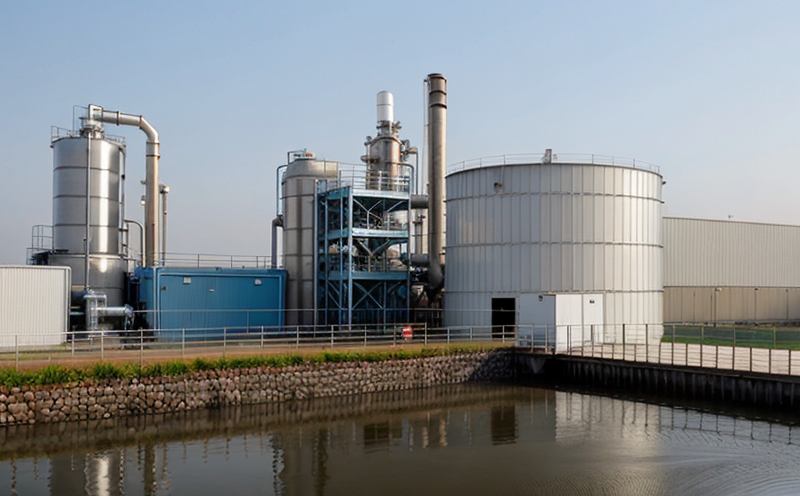ASTM D1886 Mercury Content Testing in Wastewater
The testing of wastewater for mercury content is critical in ensuring compliance with environmental regulations and safeguarding public health. The American Society for Testing and Materials (ASTM) has established a standard practice, ASTM D1886-17(2020), which outlines the methodology for determining the concentration of total mercury in water by cold vapor atomic absorption spectroscopy.
Mercury is a potent neurotoxin that can accumulate in living organisms and persist for long periods. It enters wastewater primarily through industrial processes, including metal mining, electroplating, and chemical manufacturing. Wastewater containing elevated levels of mercury poses significant risks to aquatic ecosystems, human health, and the broader environment.
The ASTM D1886-17(2020) standard specifies a comprehensive approach for sample collection, preparation, and analysis using cold vapor atomic absorption spectroscopy (CV-AAS). This method involves several key steps: sampling at appropriate locations within the wastewater treatment facility, dilution of samples to ensure they fall within the analytical range of the CV-AAS instrument, digestion of water samples with nitric acid, and finally, the quantification of mercury through CV-AAS.
The precision and accuracy of ASTM D1886-17(2020) are ensured by rigorous calibration procedures and quality control measures. Compliance officers, R&D engineers, and quality managers rely on this standard to monitor and manage wastewater treatment processes effectively. By adhering to the ASTM D1886 protocol, processing facilities can ensure that they meet stringent environmental regulations and maintain a responsible stance in their operations.
| Sample Preparation Steps | Description |
|---|---|
| Dilution | Dilute samples to ensure they are within the analytical range of CV-AAS. |
| Digestion | Use nitric acid digestion for complete decomposition of organic matter. |
| Cold Vapor Generation | Convert mercury in the sample into a gaseous state suitable for spectroscopic analysis. |
Industry Applications
The ASTM D1886-17(2020) standard finds extensive application in various sectors, including the metal mining industry, electroplating facilities, and chemical manufacturing plants. These industries are major contributors to the mercury content found in wastewater.
- Metal Mining: Mercury is used as a reagent in gold extraction processes. Proper monitoring ensures that waste streams do not exceed regulatory limits.
- Electroplating Facilities: Mercury compounds are used for electroplating metals like silver and gold. Continuous testing helps in managing the discharge of mercury-laden wastewater.
- Chemical Manufacturing Plants: Mercury is often a by-product or intermediate in chemical synthesis processes, necessitating stringent monitoring to prevent environmental contamination.
Customer Impact and Satisfaction
Implementing ASTM D1886-17(2020) testing ensures that processing facilities remain compliant with international standards such as ISO, EN, and EPA. This compliance translates into enhanced reputation among stakeholders and a positive impact on the environment.
- Environmental Compliance: Ensures adherence to local, national, and international environmental regulations.
- Risk Mitigation: Identifies potential risks associated with mercury contamination early in the treatment process.
- Stakeholder Trust: Demonstrates a commitment to maintaining high standards of environmental stewardship.
Use Cases and Application Examples
ASTM D1886-17(2020) is applied in various scenarios, from routine monitoring to emergency situations. Here are some practical examples:
- Routine Monitoring: Daily or weekly testing of wastewater streams to ensure continuous compliance.
- Emergency Response: Immediate testing post-incident to assess the extent of mercury contamination and guide cleanup efforts.
- New Process Implementation: Testing before and after process changes to validate that modifications do not increase mercury levels in wastewater.





